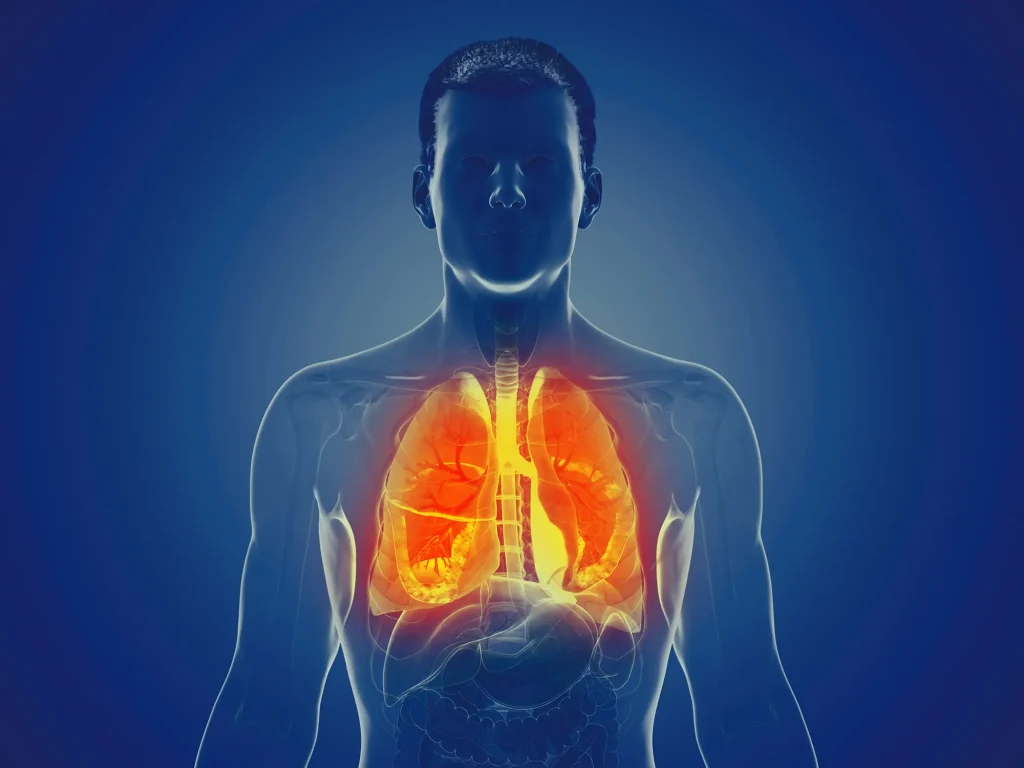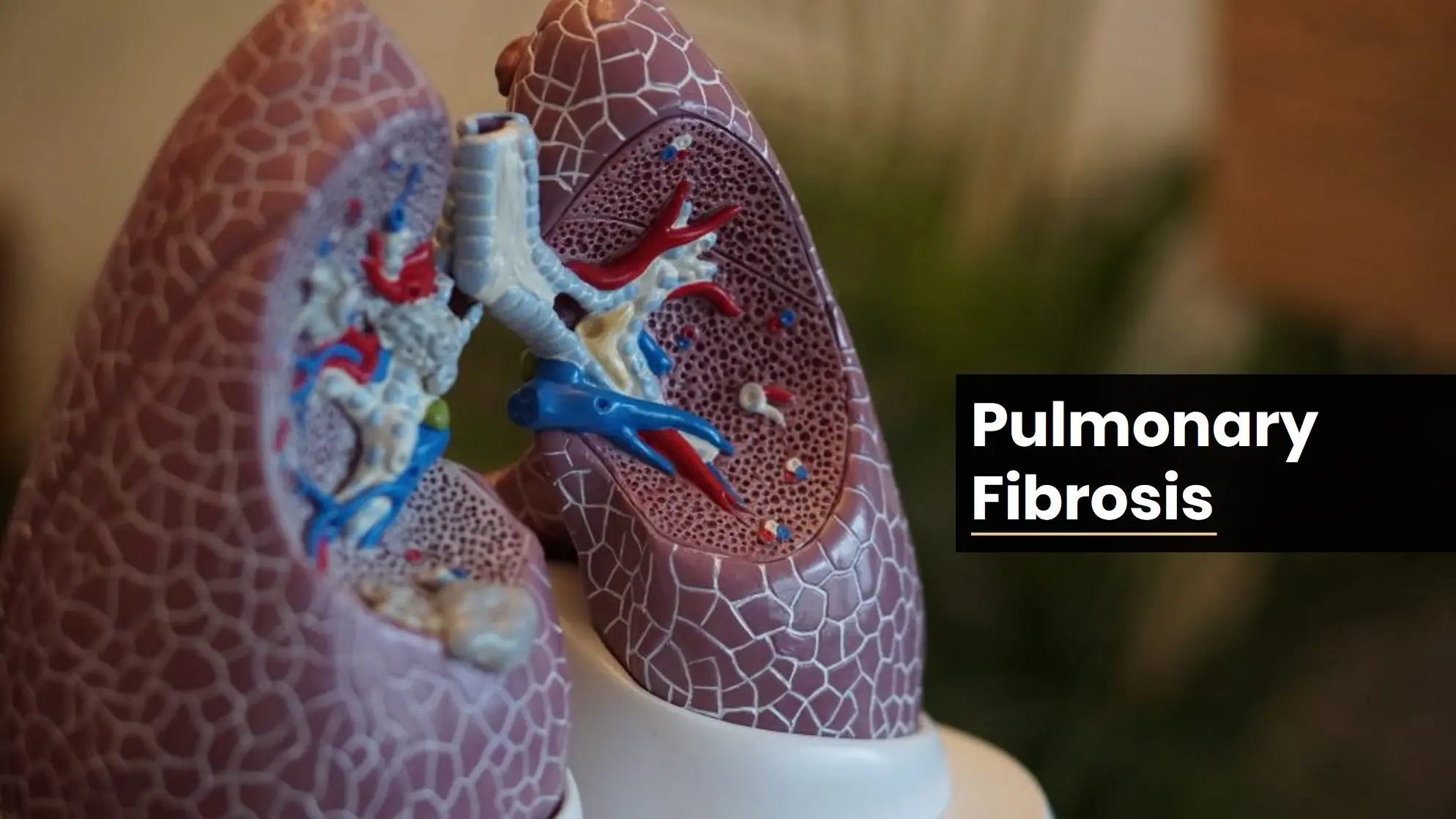Pulmonary fibrosis, a chronic lung condition, is characterized by lung scarring (fibrosis). This scarring thickens and stiffens the lung tissue, hindering its ability to expand and contract effectively during breathing. Consequently, oxygen transfer from the lungs to the bloodstream becomes impaired, leading to various complications. While there is currently no cure for pulmonary fibrosis, various treatment options can help manage symptoms, improve quality of life, and slow disease progression.
Understanding the Different Types:
Pulmonary fibrosis encompasses various subtypes, each with distinct causes and characteristics. The most common form is idiopathic pulmonary fibrosis (IPF), where the cause remains unknown. Other types include:
- Drug-induced pulmonary fibrosis: Caused by certain medications.
- Hypersensitivity pneumonitis: Triggered by repeated exposure to inhaled allergens.
- Occupational pulmonary fibrosis: Linked to inhaling dust particles from specific occupations like mining or construction.
Recognizing the Signs and Symptoms:
Early detection of pulmonary fibrosis is crucial for timely intervention and symptom management. Some common signs and symptoms to watch for include:
- Shortness of breath: This is typically the most prominent symptom, often worsening with exertion.
- Dry cough: A persistent, hacking cough without phlegm is frequently observed.
- Fatigue: Unexplained tiredness and lack of energy are prevalent complaints.
- Weight loss: Difficulty eating or increased metabolism can lead to unintentional weight loss.
- Nail clubbing: In some cases, the fingers and toes develop abnormal enlargement and rounding of the nail beds.
Diagnosing and Managing the Condition:
Diagnosis of pulmonary fibrosis often involves a combination of tests, including:
- Lung function tests: These assess lung capacity and air movement.
- High-resolution CT scan: This imaging technique provides detailed pictures of the lungs to detect scarring.
- Bronchoscopy: A thin, flexible tube with a camera is inserted into the airways to examine the inside of the lungs and collect tissue samples for biopsy.
While a cure remains elusive, treatment options aim to:
- Slow disease progression: Medications like antifibrotic drugs may help lessen the rate of scarring.
- Manage symptoms: Oxygen therapy can improve oxygen levels in the blood, while pulmonary rehabilitation exercises can enhance lung function and ease breathing difficulties.
- Improve quality of life: Support groups, counseling, and lifestyle modifications like smoking cessation can significantly improve well-being.
Exploring Additional avenues:
- Clinical trials: Participating in ongoing research studies exploring new treatment options can offer potential benefits and contribute to scientific advancements.
Living with Pulmonary Fibrosis:
A pulmonary fibrosis diagnosis can be daunting, but remember, you are not alone. By working closely with your healthcare team, adopting healthy lifestyle choices, and exploring available support resources, you can manage the condition effectively and maintain a good quality of life.
Key Takeaways:
- Pulmonary fibrosis is a chronic lung condition characterized by lung scarring.
- Different types of pulmonary fibrosis exist, each with varying causes.
- Common symptoms include shortness of breath, dry cough, fatigue, and weight loss.
- Early diagnosis and proper management are crucial for improving quality of life.
- While there is no cure, treatment options can help slow disease progression, manage symptoms, and enhance well-being.











